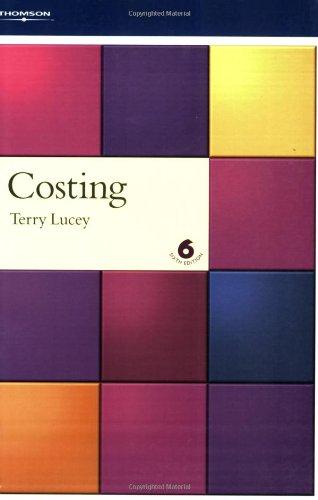Q5. (8 points) Bob, a 40-year-old, would like to buy a whole- life insurance policy that pays $1,000,000 at the end of year of death. Adam only has some information on the assumptions behind the insurance policy: 1) Annual interest rate is 5%. 2) Bob's younger sister, Alice, aged 38, bought a whole life insurance policy this year that pays at end of year of death $1,000,000 for a price of $30,900. The price of the insurance policy is equal to its single-net premium times 1.03. and and are the same values as that of the LTAM Standard Ultimate Life table. Alice's APV however, does not follow the LTAM Standard Ultimate Life table. a) Given these assumptions, and assuming the same margin of 3% estimate the price of Bob's potential insurance policy. b) Bob is considering buying a 20-year endowment insurance policy whose assumptions can be extracted from the LTAM Standard Ultimate Life table. If he has a budget of $50,000 is considering to also buy a 20-year endowment insurance policy that also pays $1 at 20 years of survival or at end of year of death afterwards Assuming a 3% premium margin over the APV, estimate how many whole (i.e., integer) endowment insurance policies he can buy. c) Bob would like to compare the cost of buying a 20-year endowment insurance policy against buying two insurance policies: a whole life insurance policy and a 20-year pure endowment policy that each pay $500,000 at time of death. Assuming a 3% premium over the APVs, and using the LTAM Standard Ultimate Life table for the whole life and pure endowment APVs, what is the expected cost of buying these two policies? d) Given some analysis, Bob is interested in buying a 20-year endowment insurance policy. He's interested in estimating the correlation between the term insurance component and the pure endowment component. As he is in a hurry, he decides to make a few simplified assumptions to estimate the correlation value. Assuming that and, what would the correlations coefficient (to two decimal places) be for the term insurance portion and pure endowment portion of a 20-year endowment insurance policy that pays $1,000,000 either at end of year of surviving 20 years or end of year of death after 20 years? Q5. (8 points) Bob, a 40-year-old, would like to buy a whole- life insurance policy that pays $1,000,000 at the end of year of death. Adam only has some information on the assumptions behind the insurance policy: 1) Annual interest rate is 5%. 2) Bob's younger sister, Alice, aged 38, bought a whole life insurance policy this year that pays at end of year of death $1,000,000 for a price of $30,900. The price of the insurance policy is equal to its single-net premium times 1.03. and and are the same values as that of the LTAM Standard Ultimate Life table. Alice's APV however, does not follow the LTAM Standard Ultimate Life table. a) Given these assumptions, and assuming the same margin of 3% estimate the price of Bob's potential insurance policy. b) Bob is considering buying a 20-year endowment insurance policy whose assumptions can be extracted from the LTAM Standard Ultimate Life table. If he has a budget of $50,000 is considering to also buy a 20-year endowment insurance policy that also pays $1 at 20 years of survival or at end of year of death afterwards Assuming a 3% premium margin over the APV, estimate how many whole (i.e., integer) endowment insurance policies he can buy. c) Bob would like to compare the cost of buying a 20-year endowment insurance policy against buying two insurance policies: a whole life insurance policy and a 20-year pure endowment policy that each pay $500,000 at time of death. Assuming a 3% premium over the APVs, and using the LTAM Standard Ultimate Life table for the whole life and pure endowment APVs, what is the expected cost of buying these two policies? d) Given some analysis, Bob is interested in buying a 20-year endowment insurance policy. He's interested in estimating the correlation between the term insurance component and the pure endowment component. As he is in a hurry, he decides to make a few simplified assumptions to estimate the correlation value. Assuming that and, what would the correlations coefficient (to two decimal places) be for the term insurance portion and pure endowment portion of a 20-year endowment insurance policy that pays $1,000,000 either at end of year of surviving 20 years or end of year of death after 20 years







